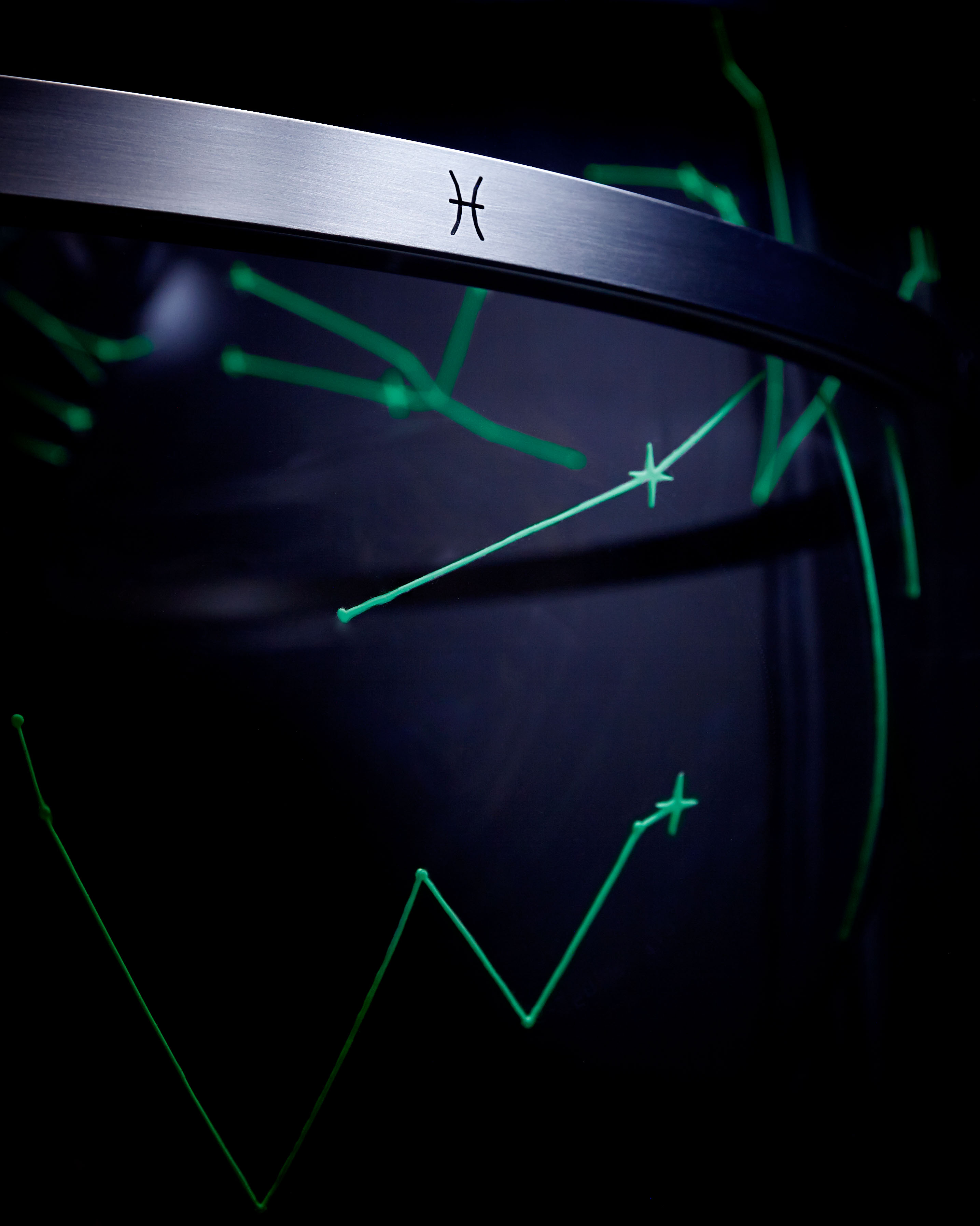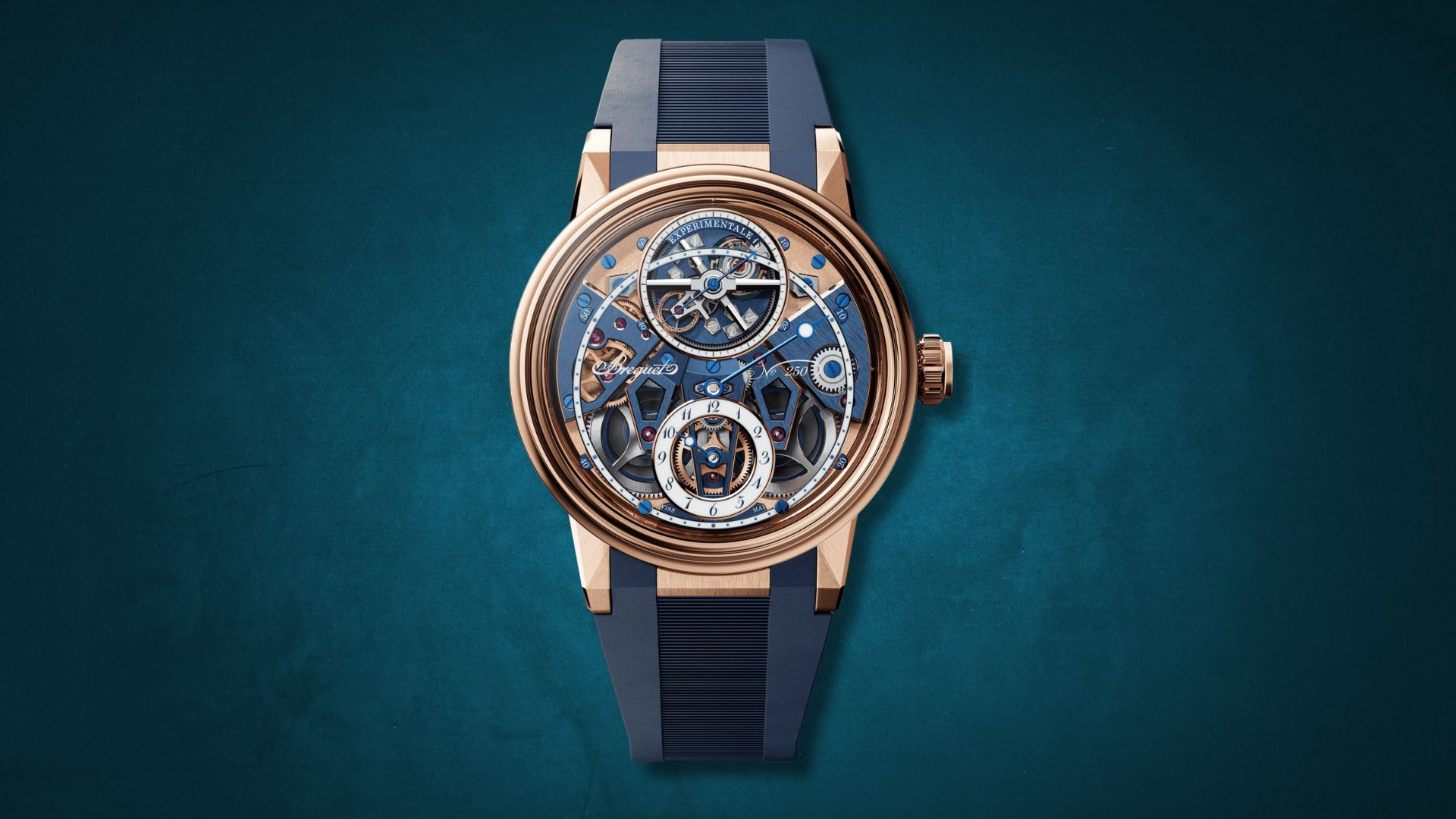GMT India Exclusive: Panerai Journeys to the Stars with the Jupiterium Clock at Watches and Wonders 2025
.jpg)

At the ongoing Watches and Wonders 2025, Panerai has unveiled Jupiterium, a planetarium clock showcasing advanced technical know-how. The timekeeping device was launched at Panerai’s exhibition space at the Geneva gala, drawing both collectors and enthusiasts to an immersive horological experience. The exhibition space, where the latest Submersible and Radiomir variants have also been launched, is being described as a powerful representation of the brand's bold marine heritage and indomitable innovative spirit. Designed with a sleek, industrial vibe highlighted by deep navy blue and brushed metal finishes, the space has been able to successfully transport visitors to Panerai's world of precision engineering, adventure, and sustainable luxury.
Needless to say, Jupiterium too has impressed horophiles who are visiting Geneva for the global industry event. As the name suggests, the clock is strongly associated with astronomical concepts. As we all know, Galileo's observations in 1610 challenged the prevailing geocentric concept by demonstrating that Earth is not at the centre of the cosmos. The Galilean moons (Io, Europa, Ganymede, and Callisto) are four satellites circling Jupiter ― Galileo discovered them using his telescope. However, Jupiterium aims to recreate the geocentric perspective of the skies that led to Galileo’s observations.
Its dial is positioned beneath the primary celestial display sphere, enclosed in a glass box on a mahogany base measuring 75x86 cm and weighing around 110 kg. Set against a black background, the dial has long stick hour markers and bold, luminescent Arabic numerals at 12 o'clock and 6 o'clock, making it easy to read time even in low light. The Super-LumiNova® coating on the hour, minute, and second hands, in fact, improves visibility in low light. An AM/PM meter and a linear power reserve gauge with the term '40 giorni' (40 days) are important indicators. The rehaut is engraved with 'Jupiterium', and the movement is also marked in Italian 'Calendario Perpetuo' with the day, date, month, and year grouped in a linear display.

The Panerai perpetual calendar movement requires no modifications until 2099, and precisely displays the day, date, month, and year, automatically adapting for different month lengths and leap years. Jupiterium is ready to pass until the year 9.999, and at the conclusion of each century, a watchmaker will just need to unscrew the movement bridge and rotate the hundreds of discs by 90° to allow the watch to continue calculating the years. The clock, with Earth at the centre of the celestial sphere and other heavenly bodies spinning around it, shows the positions of the Sun, Moon, and Jupiter and its four Medicean stars. These orbits are led by a manual-winding mechanism with the single-line display perpetual calendar that controls the celestial bodies' movements in real time.
The sphere has two hemispheres, Northern and Southern, joined by a band representing the Earth's equator and etched with the 12 zodiac signs. The celestial sphere completes one full rotation every 23 hours, 56 minutes, and 4 seconds, known as a sidereal day. In this clock, Italy is clearly displayed on the Earth model within the central blue sphere. When viewed from the front, Italy is orientated so that it faces directly outward, allowing spectators to see the country plainly from a terrestrial perspective. This alignment is part of the Jupiterium's design to depict Panerai's Italian ancestry as well as to recognise the impact of Galileo's discoveries on astronomy and science.

The retrograde function in Panerai’s Jupiterium is an uncommon horological feature that highlights planets' apparent ‘backward’ motion as seen from Earth. This phenomenon, known as retrogradation, occurs when a planet appears to travel backwards against a background of stars due to the relative locations and speeds of Earth and the planets in their orbits. To simulate this retrograde motion, particularly for Jupiter and its moons, Panerai has developed a patented mechanism that creates a visually accurate depiction of how Jupiter appears to slow down, reverse, and then resume forward motion in the sky over certain periods, a motion caused by Earth passing Jupiter in its orbit. This effect is accomplished using a sophisticated system of gears and counterweights that govern the locations and movements of celestial bodies. This revolutionary high-precision technology enables Jupiterium to accurately portray retrograde motion, bringing both technological intricacy and astronomical reality to the clock.

The celestial vault, replete with constellations, rotates to represent the apparent movement of the stars as seen from Earth. The 1,650 intricately carved components are mostly in titanium, which is lightweight yet durable, helping manage the total weight and strengthen the complicated mechanism. The mechanism has eight barrels that beat at 18,000 vibrations per hour, each equipped with a 4-metre-long spring, for a total of 32 metres. These long springs are essential to the clock's 40-day power reserve mechanism, supplying energy for continuous running and the smooth working of its sophisticated mechanics.



















